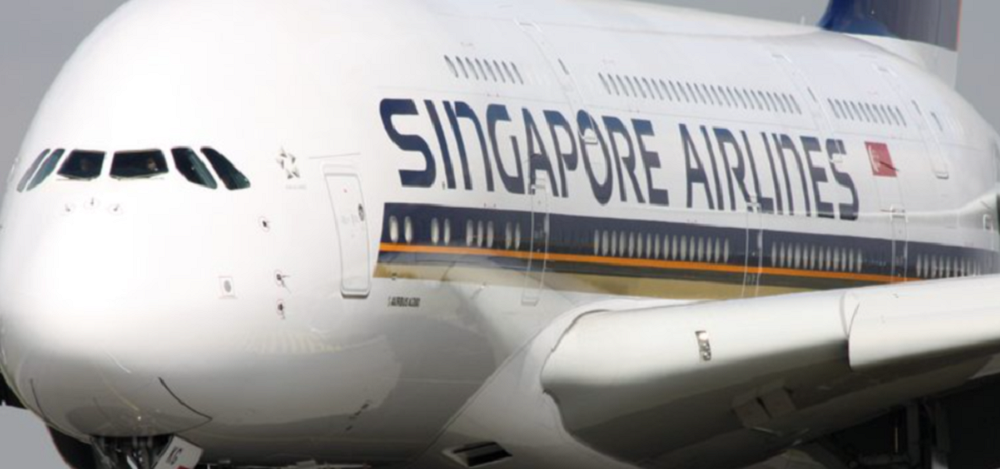Singapore Airlines (SIA) has reportedly raised S$850 million through the issuance of five-year convertible bonds, which will further strengthen the company’s liquidity position amid the global pandemic.
The national carrier released a statement on Friday (13 November), stating that the offer was more than four times oversubscribed “with strong investor interest”.
“As a result, the issuance was upsized from the initial S$750 million to S$850 million with more attractive terms for SIA,” it stated.
The five-year bonds will carry a coupon of 1.625 per cent per annum, which can also be converted into ordinary shares valued at S$5.743, as reported by CNA.
This represents a conversion premium of 45.8 per cent from SIA’s closing price of S$3.94 yesterday.
“This issuance further strengthens the company’s liquidity position, and bolsters its ability to navigate the challenges posed by the impact of the COVID-19 pandemic on the business,” said the airline.
SIA added that 60 to 80 per cent of the proceeds will be allocated for operating cash flow and debt service, while 20 to 40 per cent will be used for capital expenditure.
“The placement was successfully executed with a highly competitive coupon and substantial conversion premium,” said SIA chief executive officer Goh Choon Phong.
“Such attractive terms for the company underscore the strong confidence that investors have in Singapore Airlines, as well as our ability to successfully overcome the near-term challenges and emerge as a leader in the airline industry,” he added.
SIA also hinted that it had “positive discussions” on aircraft sale-and-leaseback transactions, and will continue to explore other means to strengthen the airline’s liquidity as necessary.
With this latest issuance, the company has raised about S$12.2 billion in total since the start of the 2020/2021 financial year.
SIA’s losses stemmed from its fuel-hedging practice
Despite raising S$850 million through the sale of convertible bonds, chances for SIA to quickly recover from its losses may be low due to the company’s continual fuel hedging losses.
Fuel hedging is a way of providing protection against fuel price variations by locking in prices for the longer term so that there would be certainty in the airline’s operation cost.
In the 2019/2020 financial year ending 31 March, SIA suffered its first annual loss in its nearly half a century of history. This was due in part to the US$638 million in charges on failed oil hedges.
Wall Street Journal’s (WSJ) reported in March that SIA continues to use oil hedging strategy while other airlines resorted to customer fuel surcharges as a way to adapt to changing oil prices.
SIA also uses an “unusually farsighted approach” to manage its fuel costs, said WSJ.
SIA’s shareholder Lim Seng Hoo has implored the company to put an end on its fuel-hedging practice, given that the airline had a “10-year record of over S$2.452 [billion] losses” as of March 2016.
He noted that the airline registered S$348.3 million of losses in 2009 and lost S$558 million in 2010 vis-à-vis NPAT of S$1,148.6 million and S$279.5 million respectively, which he claimed the losses started before Mr Goh was appointed as the CEO of SIA.
“These hedging losses are recognized in ‘fuel costs’, hence would be missed out by the average reader. They are only fully revealed in the footnotes (in annual reports) under what are charged/(credited) before arriving at the profit figure,” said Mr Lim.
Citing the collapse of Barings Bank in 1995 and the China Aviation Oil Corporation Limited’s jet fuel scandal in 2005, Mr Lim noted that SIA’s losses of over S$3.5 billion as of 30 June 2020 has exceeded the losses from both the “fiascos”, prompting an independent enquiry to be raised as to this practice at SIA.
“This does not yet count hedges for the next 12-18 months that would be unusable unless SIA can fly at 50 – 70% capacity. But your high oil price stance has also influenced your aggressive plane purchases, which will result in significant future losses too,” he added.
SIA said in February that it had entered fuel hedging contracts to 31 March 2025. This, however, would delay further the company’s recovery from hedging losses.






